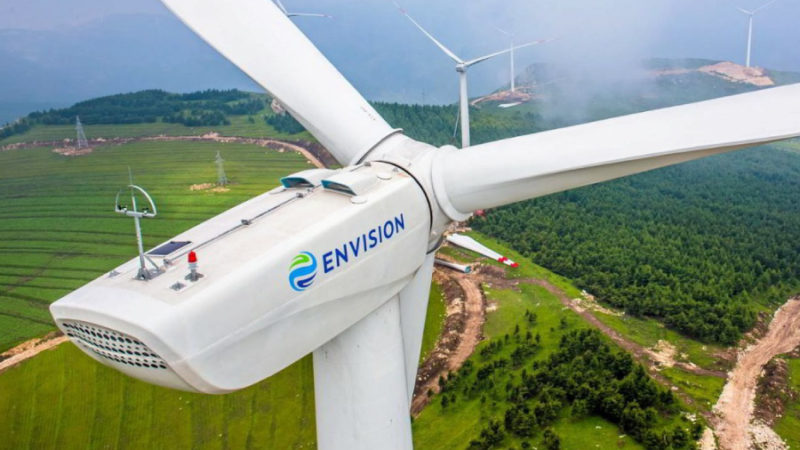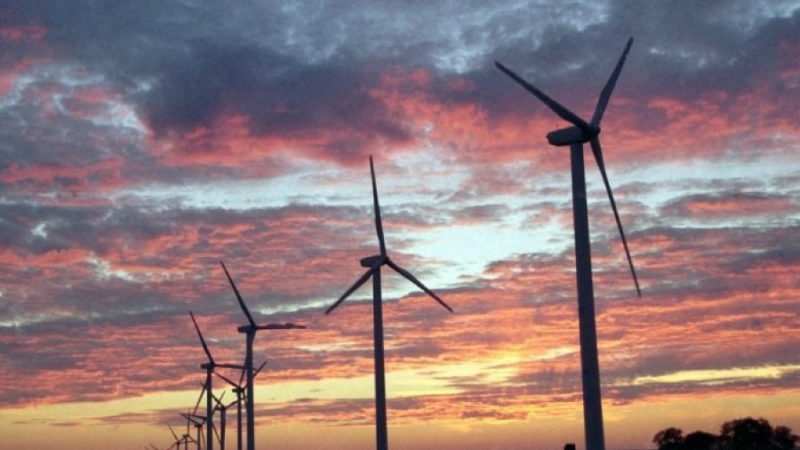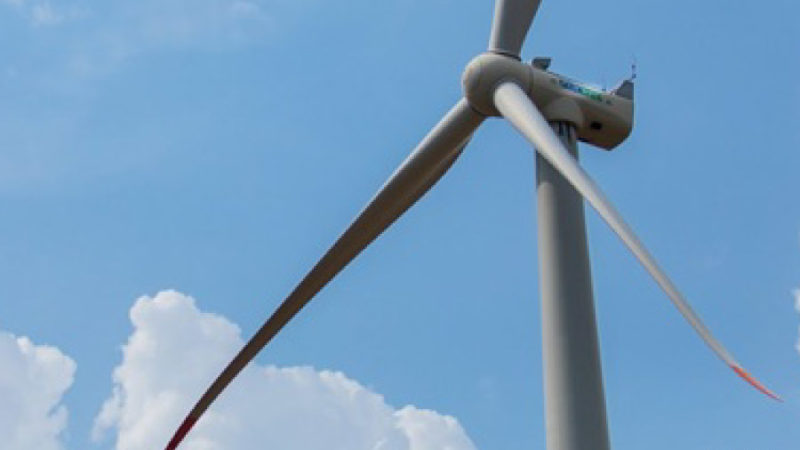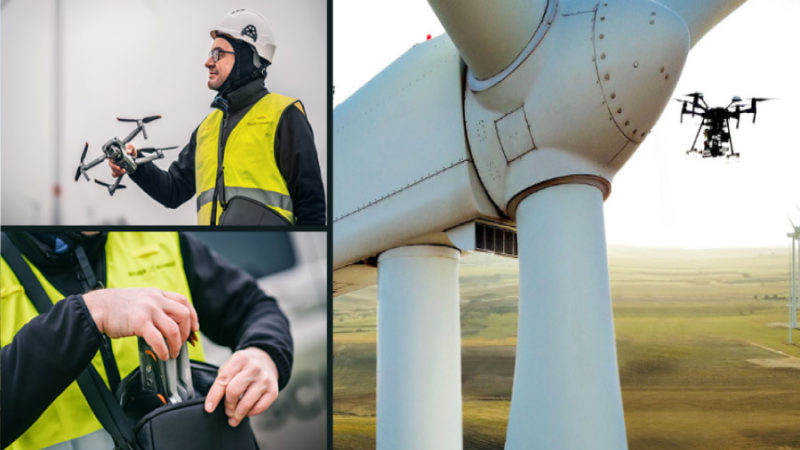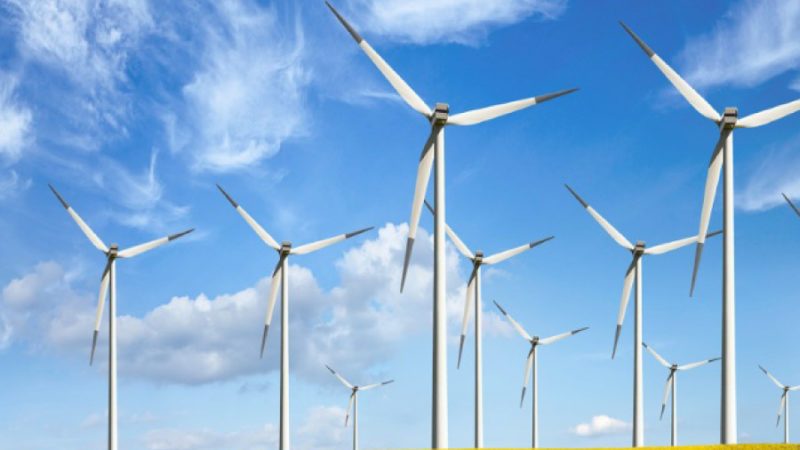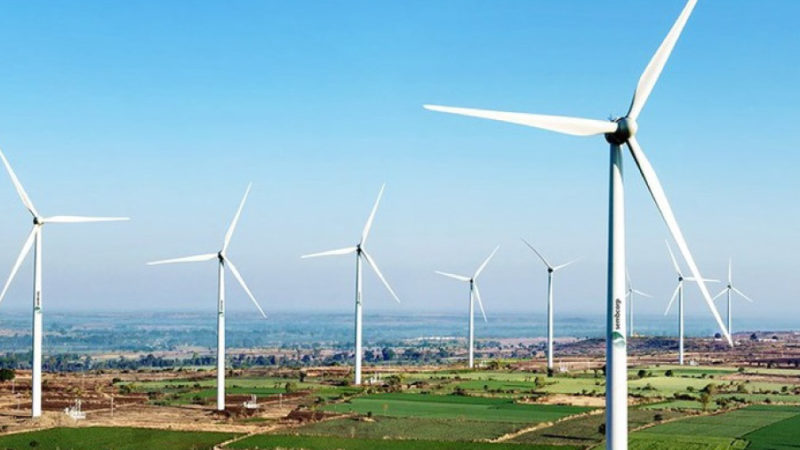O&M Trends in Wind Power
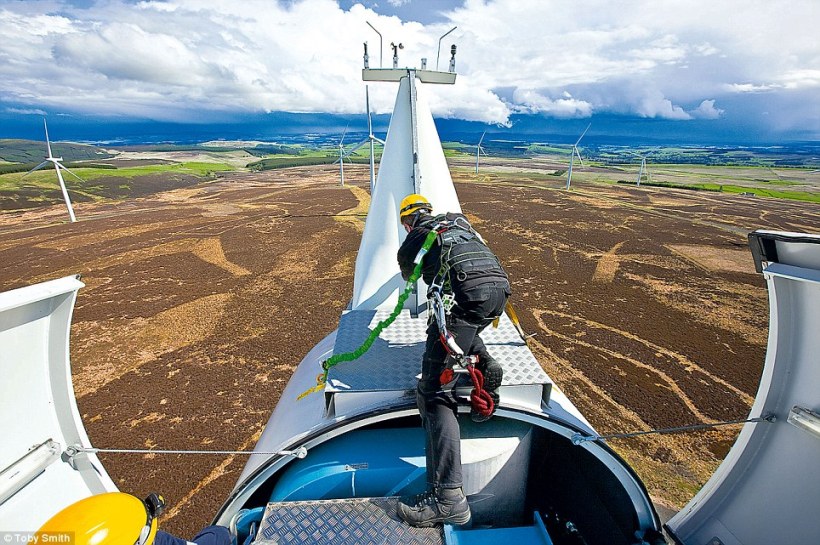
The fate of WEF is determined by Operation & Maintenance (O&M) system adopted – as there can be failures, sub-standard generation, reduced life and unstable returns. In order to increase the performance of WEG & maximize the return on investment, one needs to invest in huge amount of resources to ensure effective O&M practice
Wind power technology is one of the major growing areas in the Indian energy sector. The sector has been beneficiary of different incentives form the government so as to promote large investments in electricity production from renewable energy resources like wind power.
Today, there is a general trend towards setting up of larger wind turbines at remote sites. However, the fate of WEF is determined by Operation & Maintenance (O&M) system adopted – as there can be failures, sub-standard generation, reduced life and unstable returns. In order to increase the performance of WEG & maximize the return on investment, one needs to invest in huge amount of resources to ensure effective O&M practice.
Further, with the increasing use of windmills, the need for maintenance also increases. As wind turbines are continuously operating, they are subject to intense physical force. Thus the wearing issue lies with all moving parts including the bearings.
Maintenance can be performed either to prevent failures – preventive maintenance using scheduled intervals, or corrective maintenance can be performed in case of a failure.
The overall objective of having a well set O&M system in place is to increase the availability of wind power systems along with a cost effective life cycle that together will benefit in establishing and strengthening the competiveness of wind power on the energy market.
Also, as turbines come out of warranty, any inherent financial risk rests with the owner, making good O&M planning even more critical.
O&M Costs of Wind Generated Power
The cost of O&M is a large proportion of the wind turbine’s complete annual cost. For a new turbine, O&M costs may easily make up 20-25 per cent of the total levelised cost per kWh produced over the lifetime of the turbine.
If the turbine is quite new, the percentage could be 10-15%, but at the end of the turbine’s lifetime it could grow to at least 20-35%.
As a consequence, companies are trying to considerably reduce these O&M expenses by creating fresh turbine designs that require reduced frequent visits to service and reduced downtime of the turbine.
These O&M costs are related to a limited number of cost components, including – Insurance; Regular maintenance; Repair; Spare parts, and Administration.
As per one of the study, the total O&M costs can be distributed between the different O&M categories, depending on the type, size and age of the turbine. The study shows that approximately 35 per cent of total O&M costs covers insurance, 28 per cent regular servicing, 11 per cent administration, 12 per cent repairs and spare parts, and 14 per cent for other purposes.
In general, the study revealed that expenses for insurance, regular servicing and administration were fairly stable over time, while the costs for repairs and spare parts fluctuated considerably. Other expenses were, in most instances, minor.
Some of these cost components can be estimated relatively easily. For instance, a standard agreements covering a significant proportion of the complete life of wind turbines can be obtained for insurance and periodic maintenance.
In contrast, repair expenses and associated replacement components are much harder to estimate.Although all expenses are tending to increase as the turbine grows older, repair and replacement parts costs are mainly affected by the age of the turbine.
Because of the comparative early years of the wind power sector, only a few turbines have achieved their 20-year life expectancy. These turbines are significantly smaller than those presently on the market.
As a result, estimates of O&M expenses still remain extremely impredictable, particularly around the end of the life of a turbine ; however, some experience with old turbines can be gained.
Key Trends and Developments
As per inputs received from various workshop held to summarizes trends and developments for operation and maintenance of wind power turbines, three general trends have been identified related to: cost of O&M and LCC analysis, size of wind turbines and wind farms, and access to data for the wind turbines.
Cost of O&M and LCC analysis
There is a need to reduce the total cost of electricity production including O&M. This is especially true for larger offshore wind farms, which results in higher demands on O&M, e.g. related to accessibility. One approach for estimating these costs and also for comparing different alternative investments and configurations is the Life cycle cost analysis (LCC).
The wind power systems use LCC models progressively. The LCC provides maintenance assistance focused on the value of the asset and not investment expenses.
This might be needed in order to motivate increased cost of maintenance to reduce the total LCC. Experts believe that It is beneficial using life cycle cost models for optimizing maintenance strategies. Specifically results shiwed that condition monitoring of the drive train reduce the risk of high maintenance costs and results in increased economic benefit of over the lifetime.
O&M-related wind turbine and farm size
The average size of offshore wind farms is increasing steadily. These trends towards larger turbines and larger wind farms result in special requirements on the maintenance management, e.g. Logistics requirements for the handling of spare components and staff. Larger farms are also typically involved with longer distances in remote area, which results in more challenges for transportation.
Access to data for the wind turbine
The access of data is crucial for the efficient operation and maintenance of wind turbines. A general trend is to use more condition-based maintenance (CBM) and opportunity-based O&M. SCADA and CBM data will play an important role in the development of improved O&M methods.
OEMs have big amounts of information from SCADA and CMS systems accessible during warranty period of turbines. These data can be used to dispatch service technicians. Out of warranty the operators have typically access to more restricted SCADA and CMS datasets, depending on their capability.
In general, onshore O&M is very heavily dominated by breakdown repair (corrective), because operators are unable to view online data in a timely way and plan to mitigate deteriorating faults.
During the last few years there has been a dramatic rise in the role of independent service providers (ISPs) in wind farm operations and maintenance.
Today, these ISPs are sophisticated companies of significant size and maturity and some even cover multiple technologies (ie solar, gas etc).
As for the first two years of its lifetime, a turbine is usually covered by the manufacturer’s warranty, these ISP’s enters into picture when turbines fall out of warranty or OEM contracts mature and usually undertake the services of operation and maintenance on annual contract (AMC), Operation & Maintenance Contract (OMC) and Comprehensive Operation & Maintenance (COMC) for the WTG machines installed at various sites.
Way Forward
As wind turbines show a reduction in investment costs per kW with an increase in turbine capacities, similar economies of scale can be achieved with regard to O&M costs. In other words, a reduction in O&M expenses will in some way be associated with upscaling of turbines.
In addition, the newer and larger turbines are better aligned with dimensioning criteria than older models, implying reduced lifetime O&M requirements. However, these newer turbines will not stand up to unexpected occurrences as efficiently as possible.
Operation and maintenance have a significant contribution to the life cycle cost of wind farms, in the range of 5-10% for onshore wind farms and 15- 30% for offshore wind farms.
Therefore the reliability and maintenance aspects of wind turbines need to be analysed and optimized with respect to cost and availability over the lifetime of the system. Advanced methods for preventing failures, e.g. based on CMS using information of the equipment, are expected to increase.
The technology development is becoming more mature and the O&M is expected to increase in importance for future wind projects. Especially for larger wind farms and offshore sites that are difficult to access and with high costs related to restoring failures..


